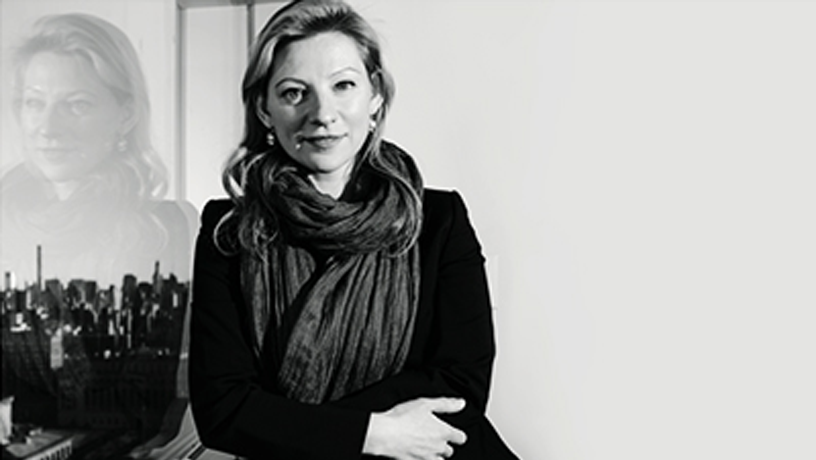Building Change
Helen Gurfel BS’96 helps make the places where we live and work greener.
Helen Gurfel BS’96 grew up knowing she wanted to do something socially responsible—and as executive director of the Urban Land Institute Greenprint Center for Building Performance, she’s helping reduce the environmental impact of buildings around the world.
Gurfel, who joined the ULI Greenprint Center in 2012, leads a consortium of real estate owners and investors to benchmark and analyze performance, and share best practices, with the aim of reducing carbon emissions and improving the environmental performance of their buildings. And with over 6,000 buildings covering 1.2 billion square feet across 51 countries covered by their group, those impacts are substantial.
“Buildings consume roughly 40 percent of energy used and contribute over 35 percent of total greenhouse gas emissions; improving the environmental performance of properties both reduces emissions and enhances property values,” she said.
This past December, Gurfel participated in the UN Paris Climate Conference, where 50,000 delegates representing more than 190 countries met to negotiate the Paris Agreement, which looks to keep global warming below the critical 2°C. As a delegate to the conference’s Buildings Day, she joined an alliance of real estate and construction organizations committed to upholding the two-degree goal.
“It felt cautiously optimistic,” Gurfel said of the mood in Paris. Being part of the historic talks, she added, was rewarding, and not just because of the progress made. Gurfel traces her interest in international collaboration to childhood, traveling to over 45 countries on six continents, and to her graduate work at the University of Pennsylvania, where she earned a master’s in international studies. At Columbia, she studied chemical engineering and premed. “I always wanted to work in a field that drives positive social impact,” she said. But after graduation, Gurfel wanted to get some real-world experience and took a job as a consultant with PricewaterhouseCoopers.
She learned a lot on the job and had a great opportunity to live and travel abroad. “I did like the work. I like figuring things out, in part attributed to my engineering education,” she said with a smile.
Gurfel values her time at SEAS. “It was an amazing experience and a fantastic community,” she added. “My Columbia education gave me a lot of confidence to tackle complex issues.”
After earning an MBA from the University of Pennsylvania’s Wharton School in 2005, she joined GE Capital in a leadership program where she rotated through a number of departments including real estate portfolio valuations and energy investment. In 2007, she joined a new group for the firm, the Real Estate Global Sustainability Group, where she pioneered a portfolio-wide approach to rooftop solar implementations and developed green programs for GE’s portfolios in the United Kingdom, France, and Canada. “It blended energy and real estate in a sustainable way—it was the perfect combination,” she said.
It was that background that led ULI to recruit her in 2012. Over the past five years, Gurfel said, the member buildings have reduced their consumption by 11 percent in energy, with a corresponding drop in greenhouse gas emissions. The Greenprint Center has even more ambitious goals going forward: to reduce emissions by 50 percent by 2030.
The group is continually growing, and Greenprint has been developing new public sector partnerships like a recent one with the San Francisco Department of the Environment, where they are digging into the city’s analytics and, Gurfel said, “taking the data and making it useful information that people can take action on.”
Pushing the industry forward with Greenprint’s help is key. This year, said Gurfel, is the warmest since record keeping began in 1880.
“It feels good to be part of the solution,” she said, “but clearly there is much more to be done by all.”

(Photo by Timothy Lee Photographers)
